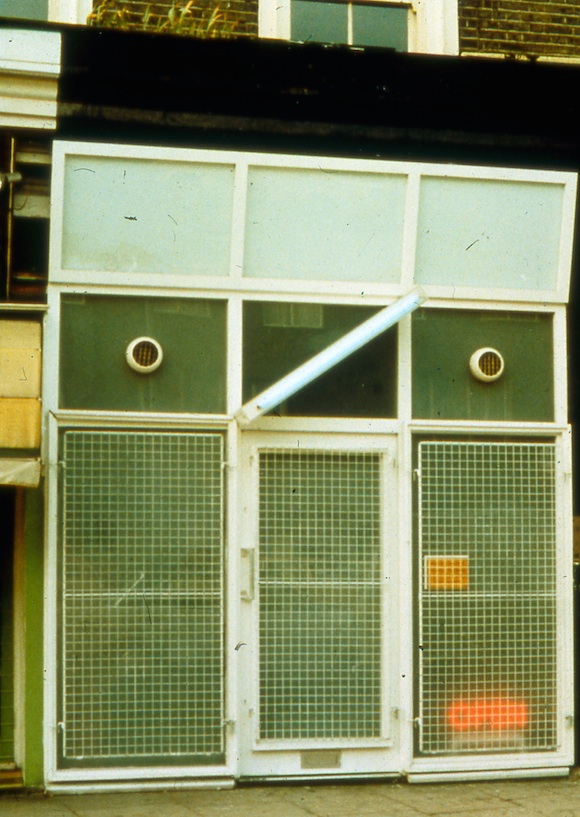
//Portfolio shot of the newly completed Seditionaries, 430 King’s Road, London SW10, December 1976.
(c) Ben Kelly//
Interior Design: Dead Or Alive is the title of the symposium being organised by the prominent British designer Ben Kelly at London’s Institute Of Contemporary Arts on March 14.
I am a contributing speaker alongside writer/curator Michael Bracewell, designers Fred Deakin, Ed Barber & Jay Osgerby and Peter Saville, artists Lucy McKenzie and Bridget Smith and David Toop of the London College Of Communications and Tate Britain’s Andrew Wilson.
“We’re going to be taking stock of the ways in which iconic interiors affect and influence the direction of popular culture and the wider world,” says Kelly, who is putting the event together in his capacity as professor of interior design and spatial studies at the University of the Arts London.
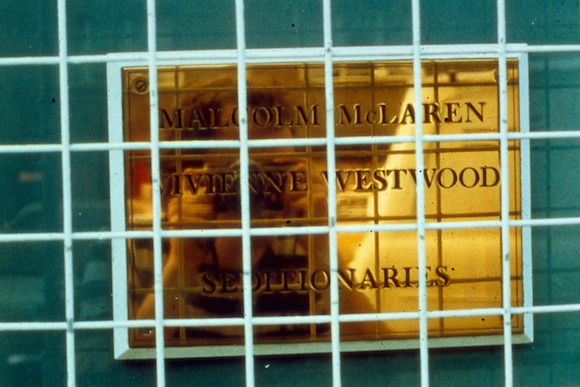
//Portfolio shot of the freshly installed Seditionaries name plaque, December 1976. (c) Ben Kelly//
Among Kelly’s designs was the November 1976 transformation of Malcolm McLaren and Vivienne Westwood’s shop Sex at 430 King’s Road into Seditionaries. Knowing that I have researched and produced a substantial document on the history of 430 King’s Road, Kelly has asked me to address this little space with a big impact in terms of its importance as a cultural hub and incubator of often radical ideas.
Read the rest of this entry »
Tags: Alfred Withers, Andrew Wilson, Bridget Smith, David Toop, Ed Barber, Fred Deakin, Hung On You, ICA, Ida Docker, Jay Osgerby, Lucy McKenzie, Michael Bracewell, Michael Roberts, Mr Freedom, Paradise Garage, Peter Saville, Peter Schlesinger, Seditionaries, Sukita Matayoshi, The Hacienda, Too Fast To Live Too Young To Die, Vivienne Westwood


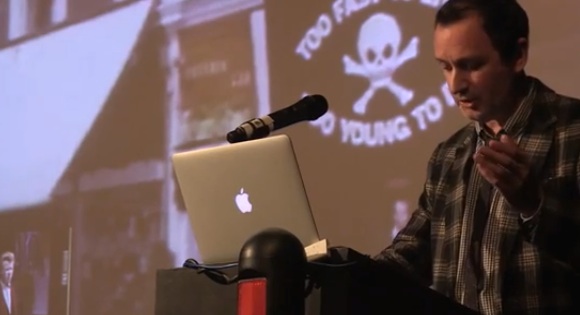



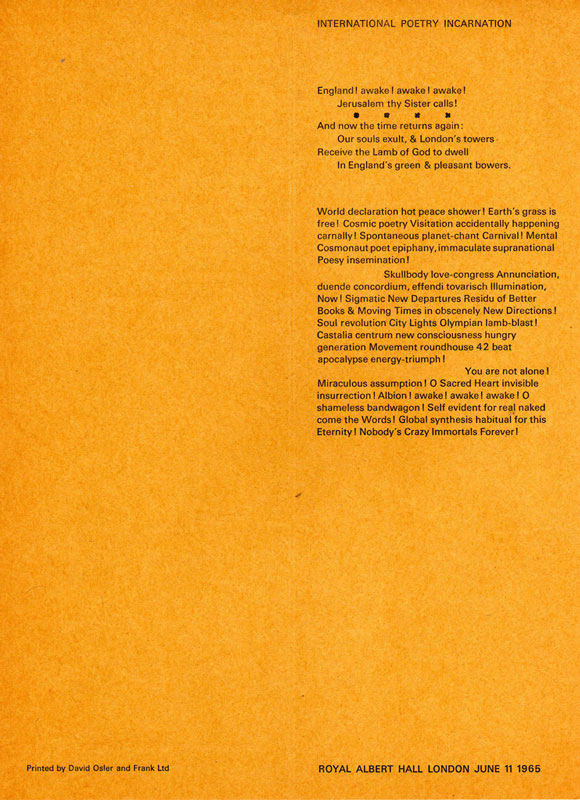
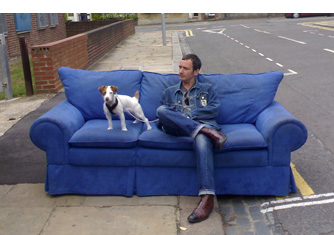






Recent Comments